A short question this - I've got a board with a QFN-32 0.4mm pitch footprint, I ordered this stencil, and a tube of this solder paste, and the result is in the picture below.
Now, I'm new to this, but I've done some homework about process and indeed followed the instructions that came with the stencil closely - line up under a microscope, tape the stencil down, squeegee the paste on in one smooth wipe and lift the stencil cleanly off.
However, the paste then just all runs together, and under the microscope it looks to me like the paste is almost too coarse for the size of footprint.
Is this just a very runny blob of paste from the first squirt out of a fresh syringe, have I got the wrong paste or wrong stencil or is there something else I'm missing here?
